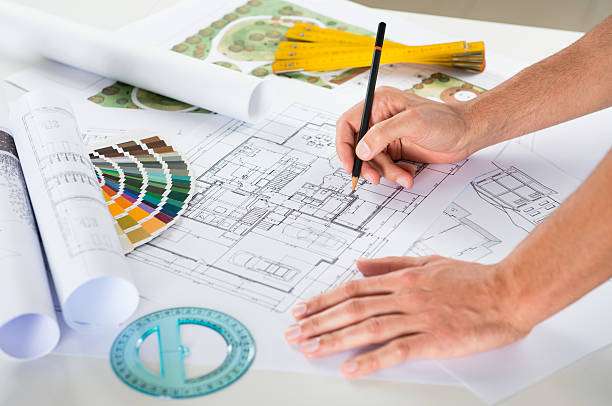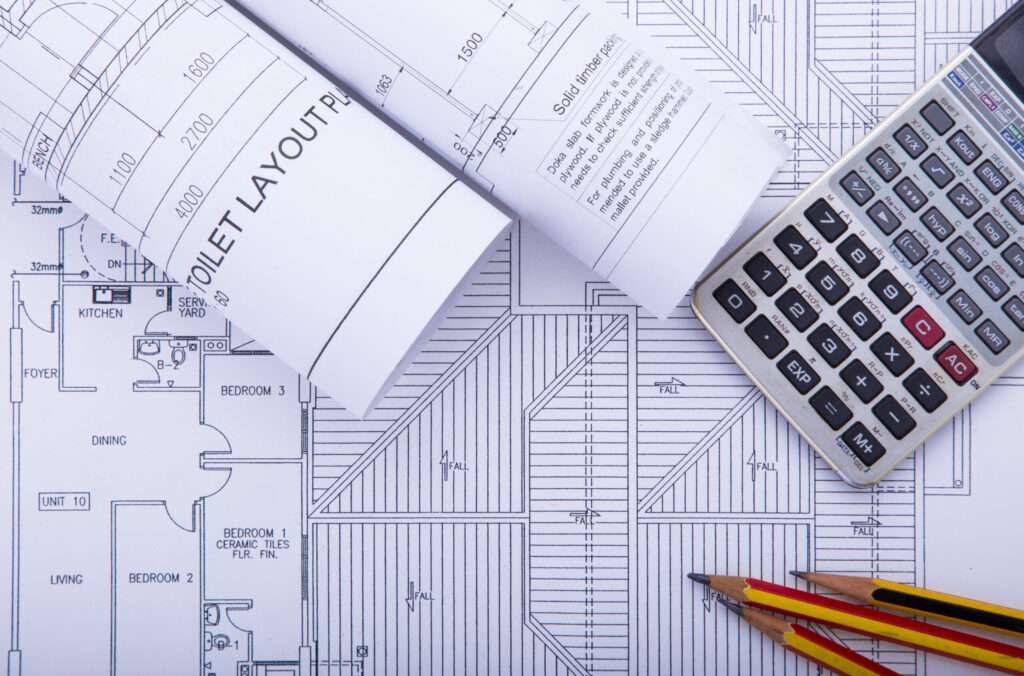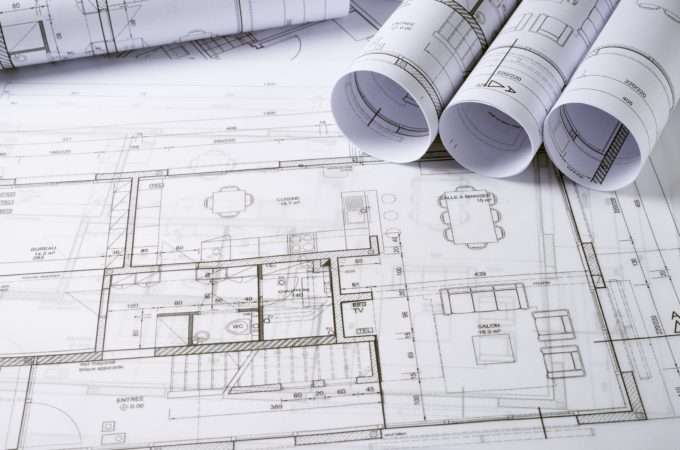The Role of Architectural Drafting Services in Sustainable Building Designs

Sustainability has become a cornerstone of modern architecture, driving innovation in building design and construction methods. At the heart of these developments lies Architectural Drafting Services, which play a crucial role in achieving sustainable building designs. These services, traditionally concerned with detailed plans and technical specifications, now integrate environmental considerations, helping architects and developers reduce the ecological footprint of their projects. Here’s a look at how architectural drafting services contribute to sustainability:

1. Optimizing Energy Efficiency
Architectural drafters are responsible for laying out the structural and mechanical aspects of a building. Through precise drafting, they can identify opportunities to incorporate energy-efficient features such as:
- Natural Ventilation: Strategic placement of windows, ventilation systems, and building orientation to maximize air circulation and reduce reliance on HVAC systems.
- Passive Solar Design: Leveraging the position of the sun to design spaces that absorb, store, and distribute solar energy, reducing heating and cooling demands.
- High-Performance Insulation: Detailing the use of advanced insulation materials to minimize heat loss and gain, ensuring that buildings maintain stable indoor temperatures with less energy consumption.
2. Resource-Efficient Materials
Architectural drafting services enable the careful selection of eco-friendly and sustainable building materials. By incorporating Building Information Modeling (BIM) technology, drafters can:
- Suggest materials with a lower carbon footprint, such as recycled steel, reclaimed wood, and low-VOC paints.
- Minimize material waste through precise measurement and specification.
- Provide accurate material estimates to reduce over-ordering and waste during construction.
3. Water Conservation Strategies
Water efficiency is an essential aspect of sustainable design. Through drafting, architects can plan water-saving features, including:
- Rainwater Harvesting Systems: Detailing the infrastructure needed to capture and store rainwater for reuse in irrigation or plumbing.
- Low-flow Plumbing Fixtures: Specifying water-efficient fixtures and appliances, reducing water usage without compromising functionality.
- Greywater Recycling: Outlining the system for treating and reusing greywater from sinks, showers, and washing machines to minimize fresh water consumption.
4. Sustainable Site Planning
The role of architectural drafting services also extends to site planning, ensuring that the building integrates harmoniously with its surrounding environment. Key sustainable practices in site design include:
- Minimizing Land Disruption: Reducing soil erosion and maintaining the natural landscape through thoughtful placement of structures and green spaces.
- Maximizing Green Spaces: Including rooftop gardens, green walls, and permeable pavements that absorb rainwater and reduce urban heat islands.
- Transportation and Mobility: Designing pedestrian-friendly walkways, bicycle storage, and public transport access to encourage sustainable modes of transportation.
5. Compliance with Green Building Certifications
Architectural drafting services also ensure that designs meet the rigorous standards of green building certifications such as LEED (Leadership in Energy and Environmental Design), BREEAM, and others. By integrating sustainable design principles into the drafting process, architects can streamline compliance with certification requirements, including energy and water efficiency, indoor environmental quality, and the use of sustainable materials.
6. Lifecycle Analysis and Long-term Sustainability
With the help of architectural drafting services, architects can conduct lifecycle analyses, projecting the long-term environmental impact of a building. Drafting plans can account for the adaptability of a structure, ensuring that it can evolve with future sustainability innovations, and minimize the need for extensive renovations or demolition.

In conclusion, architectural drafting services are integral to creating sustainable building designs. By merging traditional technical planning with modern sustainability principles, drafters ensure that buildings are not only structurally sound but also environmentally responsible. As the world moves towards greener construction practices, the role of architectural drafters will continue to expand, offering innovative solutions to meet the challenges of sustainable development.